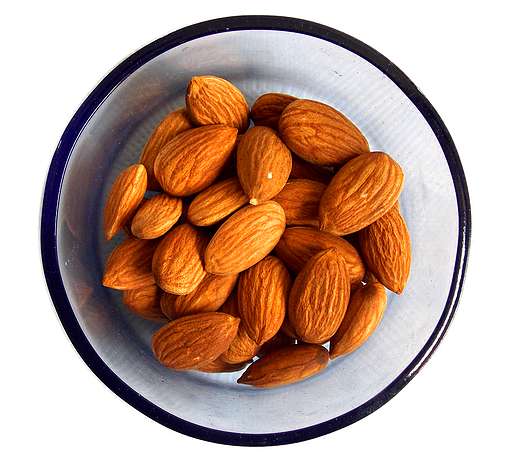Why your Cortisone Injection Failed You
Why your Cortisone Injection Failed You
When you have joint pain that won’t go away, especially after trying lots of physical therapy, your doctor might recommend you get a cortisone shot.
Cortisone shots are often prescribed for things like back pain, bursitis, bulging discs, cartilage tears, osteoarthritis, tendonitis, and many other conditions that are perceived to be inflammatory in nature. While every single one of these conditions can cause things to be inflamed, it doesn’t mean that inflammation is your underlying problem. If something else is causing any of these structures to get irritated and inflamed, then your cortisone injection won’t work. At the very best it will provide you temporary relief, but the problem will ultimately come back in about 6-12 months time.
Cortisone shots also come with many potential problems and side effects. So you really want to be sure that it’s necessary before you get one.
The list includes problems such as: cartilage damage, death of nearby bone, joint infection, nerve damage, temporary facial flushing, temporary flare of pain and inflammation in the joint, temporary increase in blood sugar, tendon weakening or rupture, thinning of nearby bone (osteoporosis), thinning of skin and soft tissue around the injection site, and whitening or lightening of the skin around the injection site. And none of these side effects account for human error with the procedure. If your doctor is “off” with his/her injection – you could end up with unnecessary tissue trauma and pain because your shot wasn’t injected correctly.
So when it comes to cortisone shots, you really want to make sure that 1) the root source of your problem is inflammation and 2) you actually need one.
The reason why so many cortisone injections “fail” is because quite often – they weren’t needed in the first place. Even though the actual pain you are experiencing might be due to inflammation, the underlying cause leading to the inflammation could be something else entirely. Cortisone shots are used to address inflammation. But 80% of the time the musculoskeletal pain you’re experiencing is due to a mechanical or movement problem. So while the symptoms you’re experiencing could be due to inflammation, the root cause of your issue could be due to something else. In this case, the cortisone shot will not help – or worse – provide you with temporary relief that leads you to think it did.
Let me explain with a bit of scientific research.
Studies show that 70-80% of people over the age of 50 have a bulging disc on their MRI. 60% have a meniscus tear in their knee. These findings are considered normal as you age. The research also says that not all of these people experience pain. So you can have two people with the exact same MRI findings and one person will be perfectly fine while the other can barely walk. This is how we know that “the finding” (a bulging disc or meniscus tear for example) isn’t necessarily the problem.
The source of the problem is what is causing that bulge or tear to get annoyed.
About 80% of the time it’s going to be something like a faulty movement pattern or “mechanical issue,” such as poor mobility or stability, leading to some compensatory movement strategies in your body. When you don’t move well, structures like normally occurring disc bulges and meniscus tears can get irritated.
For example, let’s say you have a bulging disc in your back. If you sit for most of the day, travel a lot for work, or have a job that involves a lot of repetitive lifting, these types of activities are known to really aggravate a bulging disc. If all you do is inject cortisone to calm down the irritation, you won’t be fixing the real problem… which in this case is your daily movement habits. After about 6 months of returning to all these activities again, the pain WILL come back.
The good news is that there are ways to solve this type of problem (and others) naturally, and without a cortisone injection. But the important thing for you to realize here is that if you did get a cortisone shot recently and it appears to have “failed,” the last thing you want to do is get another one or resort to an even more invasive procedure. It’s possible you didn’t need it in the first place, so you want to make sure that is uncovered first.
So, if you’ve recently had a cortisone shot and it didn’t work, it could very well be that you never actually needed it… or that the wrong problem (inflammation) was being addressed instead of the underlying cause.
If you are considering something like a cortisone shot, it’s always a good idea to get a second opinion to make certain you really need it and that it’s the best course of action for your problem. And if you’ve already had one and it didn’t work, don’t worry, odds are good that there is still a solution out there for you… and it doesn’t have to involve more procedures.
It could be as simple as learning how to move better!
Sign up for a FREE Discovery Session today to speak with my client success team to see if we can help you avoid quick fixes like cortisone shots and get long lasting results.
Carrie Jose, Physical Therapist and Pilates expert, owns CJ Physical Therapy & Pilates in Portsmouth, NH. To get a free copy of her guide to taking care of back pain – click here.







